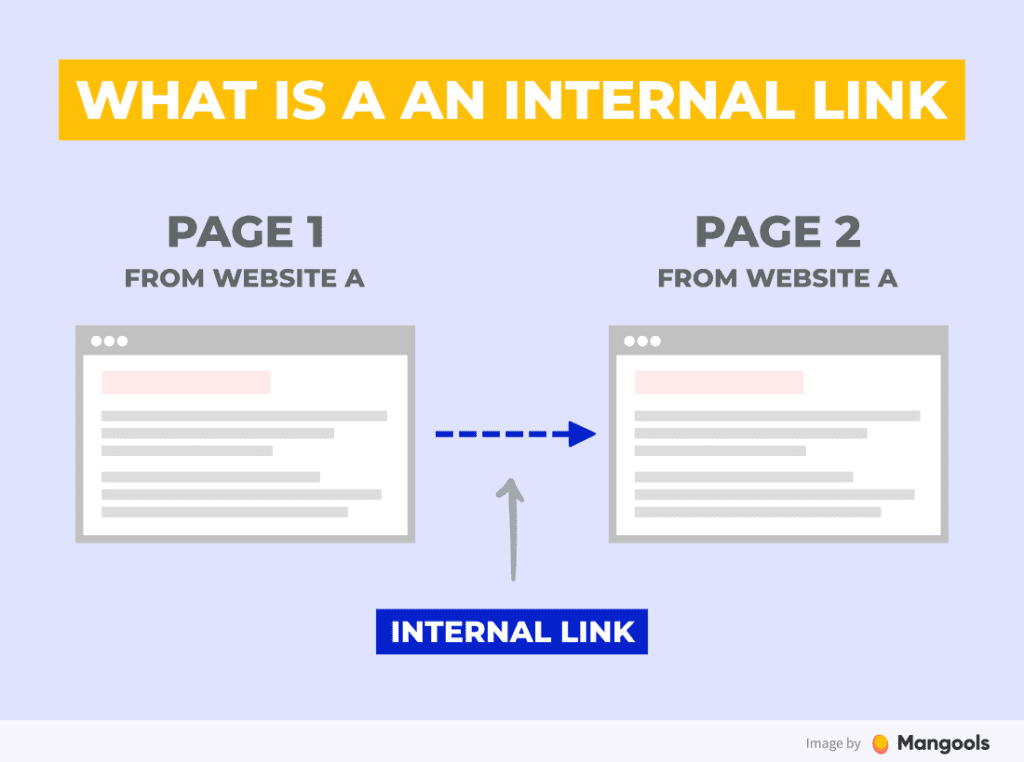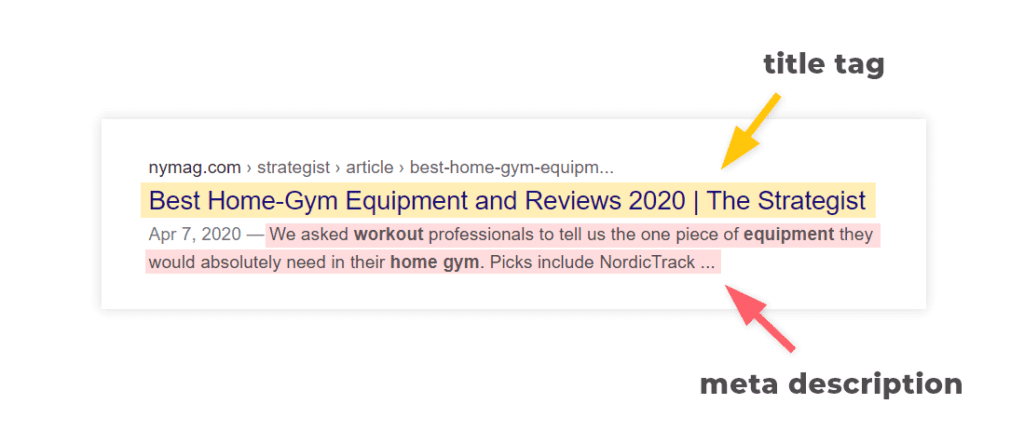Elevate your website performance with On-Page SEO.Optimize content,meta tags,and more for higher visibility and user engagement.Explore effective strategY now
1: Mastering seo by using keywords


In the world of SEO, using the right keywords is like having a superpower for getting noticed on the internet. It’s like finding a hidden treasure online. These keywords are special words that guide search engines, helping them connect people with the information they’re looking for. When you use these words in your content, it’s like making a map for search engines to follow.
This not only gets the attention of computer algorithms but also makes sure your message reaches the people you want to talk to. Imagine keywords as the language that helps your content match what people are searching for. If you carefully and smartly use these keywords, you can make your website show up higher in search results, get more visitors, and create a strong online presence. So, in the SEO world, being really good at using keywords is like opening the door to online success.
- Strategic Placement:Put important words in your writing naturally, so they fit well with the story. This not only makes it enjoyable for people reading but also helps search engines understand what your content is about, boosting how well it shows up in searches.
- Content Relevance: Select keywords that align with your content’s theme and intent. Aim for a harmonious integration that not only attracts search engines but also resonates with your target audience.
- Diverse Keywords: Add more words that mean the same thing or are similar to what you’re talking about. This helps you reach more people who might be searching for things like yours but using different words..
- Long-Tail Keywords: Use very specific words in your content. These are called long-tail keywords. They help attract people who are looking for very specific things, and often these visitors are more likely to do what you want them to do, like buying something or signing up.
- User Intent Focus: Know what people are looking for when they search. Create content that uses the right words but also gives useful information that your audience wants and expects.
- WHY KEYWORDS ARE IMPORTANT IN SEO CLICK HERE TO KNOW
2: ADDING SEO FRIENDLY HEADER TAGS


Exploring header tags in the digital world is like finding a magical garden full of surprises. These special codes, ranging from H1 to H6, are more than just symbols; they act like keys that unlock success in SEO. Think of them as friendly guides at a big gathering, showing search engines around your content. The H1, like the main host, starts the story, while H2 to H6 tags neatly organize different parts of the information. Imagine each tag as a spotlight, highlighting important themes for both computer programs and interested readers.
When you use header tags, it’s not just about organizing content; it’s like putting on a captivating show that grabs the attention of both digital creatures and people exploring the vast online world. In the big world of SEO, header tags are like dance partners leading you to the spotlight of online visibility and enchantment..
- H1: The SEO Headliner: Use the H1 tag for your main title, incorporating primary keywords. It’s the headline that sets the tone, signaling to search engines the main focus of your content.
- Hierarchy with H2-H6: Employ H2 to H6 tags to create a hierarchical structure. Think of them as chapters in a book; each subheading guides readers and search engines through the content’s organized narrative.
- Keyword Consistency: Keep using the same important words in your titles. This helps search engines understand what your page is all about and what’s important in it. It’s like telling them the main themes of your page.
- Captivating Subheadings: Make interesting titles within your content using H2 and H3 tags. These work like signposts, grabbing the reader’s attention and making your content easier to read.
- Semantic Structure:Use header tags to organize your content in a smart way. It helps with how search engines understand your content and makes it easier for people to quickly get the main ideas, especially when they’re just quickly looking through the page.
- Conciseness is Key: Keep headers concise and to the point. Think of them as succinct summaries that offer a glimpse into the content that follows, encouraging readers to delve deeper.
- Accessibility Matters: Make sure your headers make it easy for everyone to understand your content. This is good not only for how search engines see your page but also for people who use tools like screen readers to access the internet. Using headers in a smart way helps everyone have a better experience on your website.
Remember, header tags are not just for search engines; they’re integral to user experience. Balancing SEO considerations with readability is the key to maximizing the impact of header tags on your content.
3: FASTER SPEAD FAST PROGRESS


In the busy online world, where people quickly lose interest, having a fast website is not just a good thing but really important. Think of your website like a super-fast car zooming through the digital world, leaving other websites behind. Speed is not just a number; it’s what makes your website go to the top of search results. Imagine your website as a sleek Formula 1 car – smooth, quick, and made for speed. A fast website isn’t just for search engines; it’s about giving users a great experience, where every click is like a smooth ride on a digital highway. So, get ready and start your engines – in the world of SEO, going fast is the only way to win, and your website is the high-speed vehicle meant for success HERE ARE SOME WAYS TO BOOST YOUR WEBSPEED 1:OPTIMIZE YOUR ANIMATION AND IMAGES 2:LIMIT NUMBERS OF HTTP 3:MINIFY CSS AND JAVA FILES 4: USE AFFECTIVE THIRD PARTY SERVICES(HOSTING)
CLICK HERE TO KNOW MORE IN DETAILS
USING INTERNAL LINKS


HERE ARE SOME BENEFITS TO USE INTERNAL LINKS
- Linking Symphony: Transform your content into a harmonious symphony by weaving internal links, creating a melody that guides users through your digital landscape.
- Content Connection: Internal links act as bridges, connecting related content seamlessly. Think of them as the digital glue that binds your pages together in a cohesive narrative.
- SEO Boosters: Boost your SEO by smartly putting links inside your own website. Search engines really like websites that are well-connected, and these links act like a map that helps search engines find and understand all your content.
- User Experience Elevator:Make your website a nice place for people to explore by putting links that lead to other interesting parts of your site. This helps keep visitors interested and encourages them to discover more about what you have to offer..
OPTIMIZE META TAGS AND DESCRIPTIONS


In the magical world of digital stories, where every click is like turning a page, meta tags and descriptions play the role of wizards behind the scenes. They create spells of interest and make things visible. Think of meta tags as the protectors of the online gate, sharing coded messages with search engines about what your content is all about. Create these messages carefully, adding keywords that act like secret keys, opening doors to your online treasure..
It’s not just about computers; it’s also about inviting curious people on the internet. Descriptions act like virtual tour guides, giving a sneak peek into what’s waiting for them if they click. Think of them as online invitations, urging visitors to explore and discover what your world has to offer.
Think of SEO like a beautiful music piece, and meta tags and descriptions are the musical notes. Together, they create a melody that spreads across the internet. As you venture into the digital world, let your meta tags and descriptions be the words in the song that guide both computer programs and curious visitors to the core of your online space. In the vast world of the web, the real magic is in the little details you decide to share
- Meta Tags: Crafting the Digital Prelude
- Title Tag Precision: Craft a concise and compelling title tag, incorporating primary keywords near the beginning for a search engine’s quick understanding of your content’s focus.
- Meta Description Magic: Elaborate in the meta description, enticing users with a snippet that complements the title, enticing them to click through. Maintain relevance and clarity while staying under 160 characters.
- Keyword Symphony:
- Strategic Keyword Placement: Integrate relevant keywords naturally into both meta tags for an SEO symphony that resonates with search engines and human readers alike.
- Diverse Keywords: Expand your keyword scope in meta tags to capture a broader audience. Consider variations and synonyms that align with user search behaviors.
- Unique Selling Proposition (USP):
- Highlight USP in Meta Description:When you write a short description about your content (meta description), use it to highlight what makes your stuff special. Tell people what’s unique about it to get them interested and clicking.
- User-Centric Approach:
- Appeal to User Intent: Craft meta tags and descriptions with the user’s intent in mind. Address their needs, questions, or pain points to establish immediate relevance.
- Dynamic Updates:
- Regular Review and Refresh: Keep meta tags and descriptions dynamic. Regularly review and update them based on evolving trends, user behavior, and changes in your content.
- Mobile Optimization:
- Optimize for Mobile Users: Since more people are using phones to search, make sure the short descriptions and tags about your content are set up to look good on small screens. Also, think about how people talk when they use voice search on their phones.
- READ OUR MORE BLOGS BY CLICKING HERE

